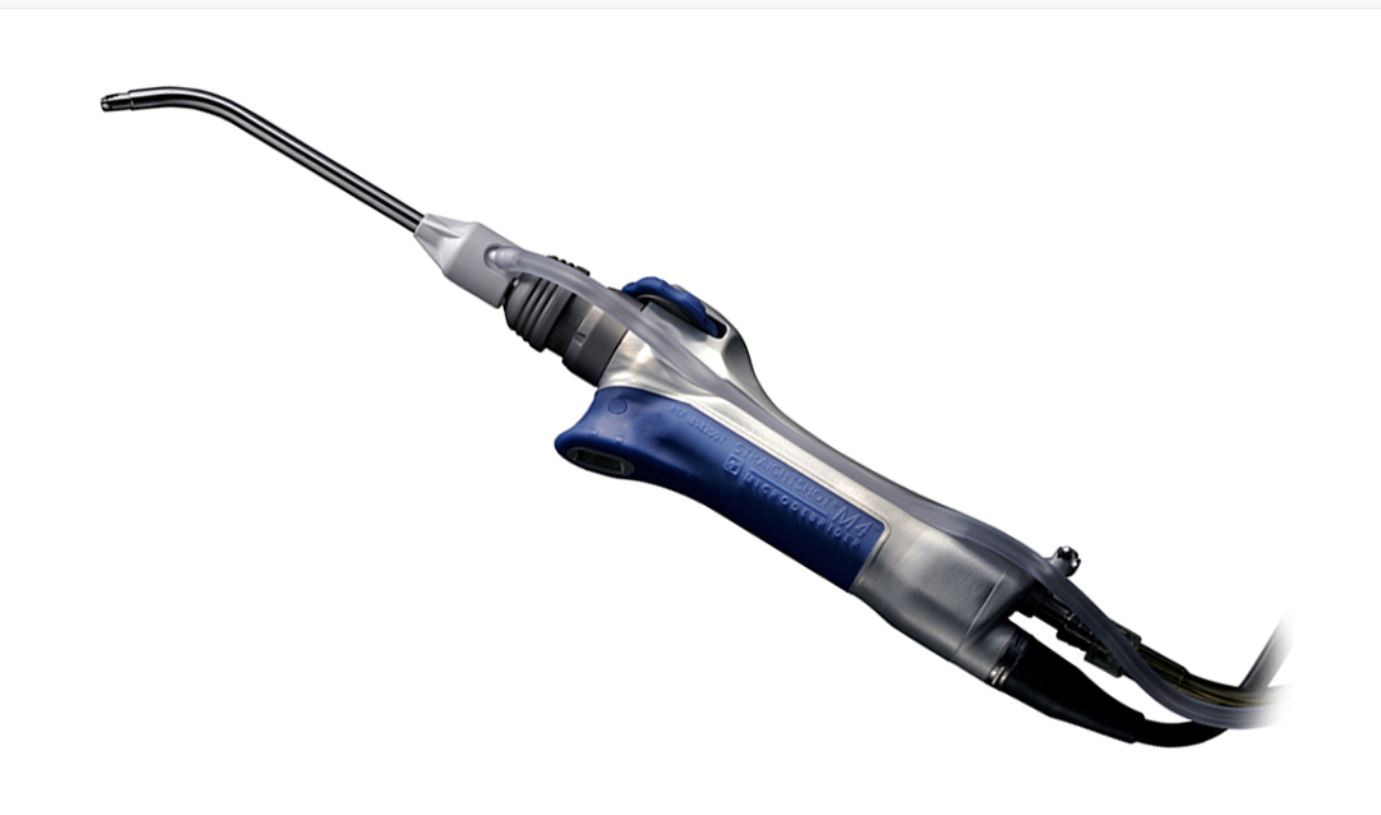One of the highlights of the MD&M show’s jam-packed Tuesday program at is a session entitled Designing the Perfect Surgical Instrument, given by Bryce Rutter, an expert in the research, human factors engineering and design of healthcare products. In addition to his duties as founder and CEO of Metaphase Design Group Inc., Rutter regularly consults with designers and manufacturers on many aspects of medical device design innovation and the integration of research, ergonomics and design into new product development.
When MDT caught up with Dr. Rutter over coffee before his presentation, our original intent was to learn more about his user-centered design philosophy, and how it informed his work on surgical tools. But it quickly became apparent that the same principles can be applied with great benefit to improve the functionality, safety, and ease of use of many other medical and non-medical products.

Dr. Bryce Rutter
This short feature captures some of the highlights of our wide-ranging conversation as part of our special coverage of the MD&M show. We’ll be publishing a longer article with the full transcript later on this month.
MDT: The idea of a perfect surgical instrument is intriguing, what does that mean to you?
Dr. Rutter: To me the perfect instrument is one that gets everything right – the balance is in the right spot, it’s not too heavy or too light, and its form and scale invites you to pick it up and naturally use the most effective e grip for precision and control. It should also have impeccable visual qualities. By this I mean that its form, color, and textures convey subtle information that reinforce usability cues which tell the user about how the instrument is to be handled and used.
The tactile/kinesthetic qualities of a tool can also convey very important information that helps optimize the hand – instrument interface. If you close your eyes and put it in your hand, should feel like the perfect handshake. The controls should be exactly where you need (and expect them), and the way that you handle the instrument should enhance surgical performance. Put another way, a “perfect” design allows the instrument to become a seamless bridge between the surgeon’s hand and the patient.
MDT: Do you have a specific method, or a set of principles you use to achieve your design goals?
Dr. Rutter: There are many considerations that go into designing a surgical instrument, or any precision tool but most of them are derived from approaching the task from a “user-centered” perspective. This involves carefully studying the task your instrument is trying to accomplish, and the people who will be performing the work. For example, when we design products at Metaphase, the company I founded, we spend a lot of time in the operating theaters and other places where they will be used. We carefully observe how surgeons and other medical personnel handle the existing tools as they go about their work.
These observations and other research provides us with important information about the goals we want to accomplish with our new design. We then identify the technologies and materials we need to accomplish those goals. And, in some cases, we invent new ones.
My work is also guided by three basic tenets:
Asking What If?… It is imperative that everyone brings an open mind to a project. Every team member must be excited to think and do things differently than they have been in the past. A potent tool that I use is to ask “What If?”. This question grants you license to relax hard constraints that inhibit lateral thinking, creativity and ideation, allowing you to think and explore new ideas that otherwise would have been immediately ruled out.
Watch and listen: I know it sounds simplistic but we spend a tremendous amount of time watching and listening to users. We go to the “point of sweat” (usually the operating theater) to observe the people who actually do the work, see how existing tools are used, and how they affect posture and dexterity. Watching users allows us to study true behavior and examine the ergonomic interface – watch them as they work Produces important clues for improvements. Analyzing videos helps us gain important information about grip architectures and grasping strategies to asses comfort and hand performance.
Listening to users provides insights into how they perceive the product and how they characterize their user experience. Using video and various types of digital self-reporting techniques, we evaluate usability and search for patterns in user behavior.
Every detail matters: Countless seemingly insignificant small details make the difference between an acceptable design and a perfect instrument. Observing surgery provides important clues about how the instruments are actually used and how they fit into the overall workflow, much of which is not directly in the operating field. We’ve found that In-situ observation allows us to capture many of the important details which drive our designs which lie within the subtle behavioral tics that are difficult for users to describe.
Another helpful ergonomic research technique is to create a procedure map where each consecutive task in the execution of the overall surgical procedure is evaluated relative to frequency, level, level of difficulty, criticality, supplies needed, and surgical technique required to be successful. Procedure maps are excellent tools that allow you to identify bottlenecks and specific aspects of current design that are failing the surgeon and impacting surgical performance and/or the surgical timeline.
MDT: Can you share an example of how this works in practice?
Dr. Rutter: One of the best examples of how these three pillars shape and inform my research, ergonomics, and design practices is the M4 microdebrider we developed for Medtronic. Metaphase’s best design and human factor experts spent two days working elbow-to-elbow with key opinion leaders in a cadaver head lab, studying the variety of surgical approaches and techniques commonly performed by ENT surgeons. We had the surgeons demonstrate different techniques for accomplishing a particular task then ask them why they did what they did and to what extent their existing instruments impeded their surgical performance.
We used those conversations, our direct observations, and analysis of the videotapes we made to drill into the minutia of everything we observed and develop a list of critical improvements we needed to incorporate into our new design.

Setting a new standard in ergonomic surgical instrument design, this breakthrough design of Medtronic’s M4 Microdebrider has given ENT surgeons all they asked for. The M4’s patented elastomeric grip provides perfect biomechanical control of the instrument in all orientations of usage. The rubberized grip is fused to the machined handpiece to allow for unlimited sterilizations. An index fingertip control allows the surgeon to orient the surgical cutting window on the fly, making procedures faster and more comfortable.
I clearly remember the “ah-ha” moment when the concept of a fingertip control rotating the cutting window came to mind. This feature eliminated a significant number of awkward postures the surgeons were forced to adopt while operating a conventional microbrider. Our first 3-D sketch model allowed us to test the idea with surgeons, allowing us to confirm that the feature was a major ergonomic breakthrough
The fingertip control for the cutting window was so compelling and obvious when the surgeons picked up the instrument that the company reported a 243% gain in sales in the first 60 days of the product launch. I cannot imagine how this breakthrough idea would’ve been identified any other way than being elbow to elbow with the surgeon while talking through issues.
A complete version of this interview, which includes a discussion about how user-centric design can be applied to other medical applications, will be published on MDT’s web site in the near future.




